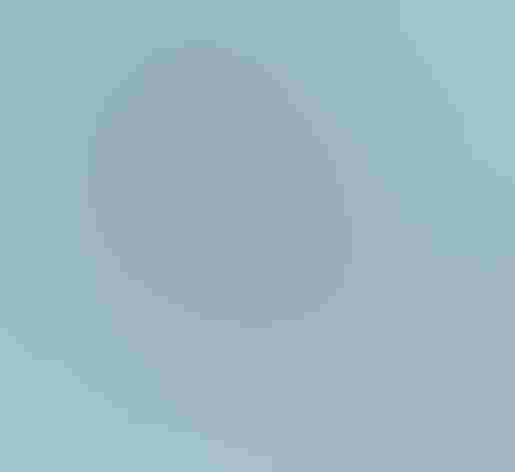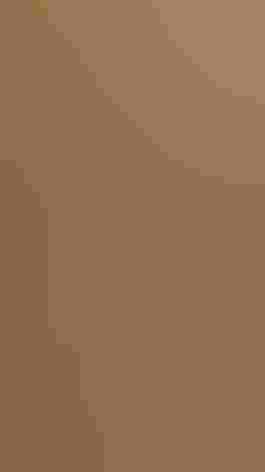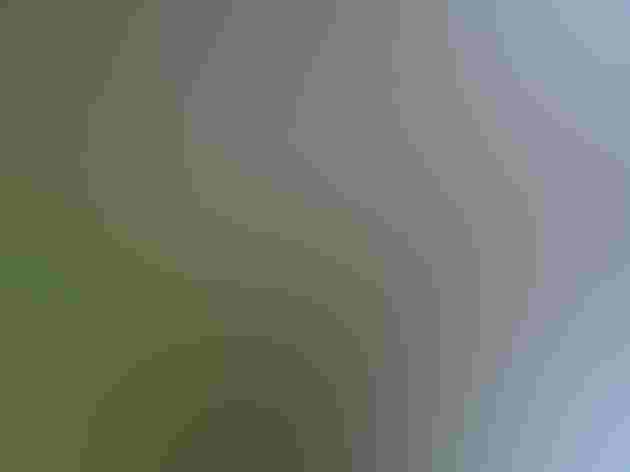Loggerhead Shrike
At a Glance
In open terrain, this predatory songbird watches from a wire or other high perch, then pounces on its prey: often a large insect, sometimes a small bird or a rodent. The Loggerhead is gradually disappearing from many areas, for reasons that are poorly understood.
All bird guide text and rangemaps adapted from by Kenn Kaufman© 1996, used by permission of Houghton Mifflin Harcourt Publishing Company. All rights reserved.
Category
Perching Birds, Shrikes
IUCN Status
Near Threatened
Habitat
Desert and Arid Habitats, Fields, Meadows, and Grasslands, Forests and Woodlands, Shrublands, Savannas, and Thickets, Urban and Suburban Habitats
Region
California, Eastern Canada, Florida, Great Lakes, Mid Atlantic, New England, Northwest, Plains, Rocky Mountains, Southeast, Southwest, Texas, Western Canada
Behavior
Flitter, Hovering, Undulating
Population
7.000.000
Range & Identification
Migration & Range Maps
Migrates rather early in spring, but in some southern areas, local birds may begin nesting while winter residents from north are still present.
Description
8-10" (20-25 cm). Slim, perches horizontally. Black mask, black wings and tail with white markings visible mostly in flight. Juvenile has very narrow gray barring. In cold ÃÛèÖAPPs, compare to Northern Shrike.
Size
About the size of a Robin
Color
Black, Gray, White
Wing Shape
Rounded
Tail Shape
Long, Rounded
Songs and Calls
A variety of harsh and musical notes and trills; a thrasher-like series of double phrases.
Call Pattern
Flat, Rising, Undulating
Call Type
Chirp/Chip, Scream, Trill, Whistle
Habitat
Semi-open country with lookout posts; wires, trees, scrub. Breeds in any kind of semi-open terrain, from large clearings in wooded regions to open grassland or desert with a few scattered trees or large shrubs. In winter, may be in totally treeless country if fences or wires provide hunting perches.
Sign up for ÃÛèÖAPP's newsletter to learn more about birds like the Loggerhead Shrike
Behavior
Eggs
5-6, sometimes 4-8. Grayish white to pale buff, with spots of brown and gray often concentrated at large end. Incubation is by female, about 16-17 days. Male feeds female during incubation (sometimes bringing her food he has stored on thorns earlier).
Young
Both parents feed nestlings. Young leave nest at about 17-21 days, are tended by parents for another 3-4 weeks.
Feeding Behavior
Forages mostly by watching from an exposed perch, then swooping down to take prey on or near ground or from low vegetation. Kills its prey using its hooked bill. Often stores uneaten prey by impaling it on thorn or barbed wire, returning to eat it later.
Diet
Mostly large insects, also rodents and small birds. Diet in summer is mainly insects, especially grasshoppers and crickets, also beetles, wasps, and others. Eats mice and other rodents at all seasons, especially in winter, and eats small birds. Also sometimes included in diet are spiders, snails, frogs, lizards, snakes, crayfish, small fish, and other items.
Nesting
In many regions, nesting begins quite early in spring. In courtship, male performs short flight displays; male feeds female. Nest: Placed in a dense (and often thorny) tree or shrub, usually 5-30' above the ground, occasionally higher, in a spot well hidden by foliage. Nest (built by both sexes) is a solidly constructed but bulky cup of twigs, grass, weeds, strips of bark, lined with softer materials such as rootlets, animal hair, feathers, plant down.
Conservation
Conservation Status
During recent decades, numbers have declined in many areas; now essentially gone from the northeast. Reasons for decline poorly understood, may be related to pesticides and/or changes in habitat.
Climate Threats Facing the Loggerhead Shrike
Choose a temperature scenario below to see which threats will affect this species as warming increases. The same ÃÛèÖAPP change-driven threats that put birds at risk will affect other wildlife and people, too.








